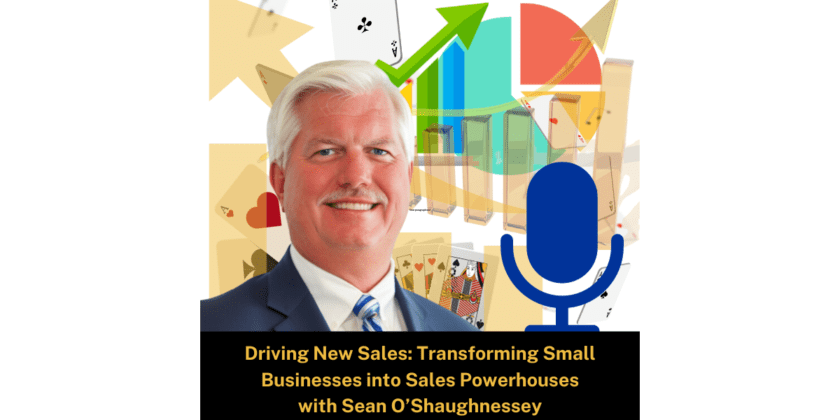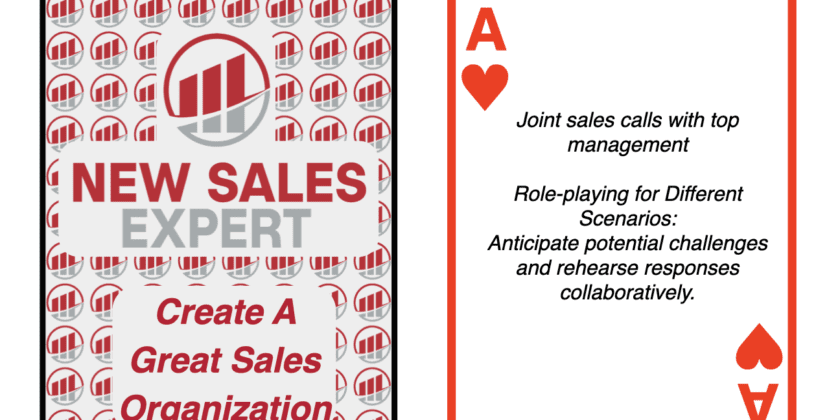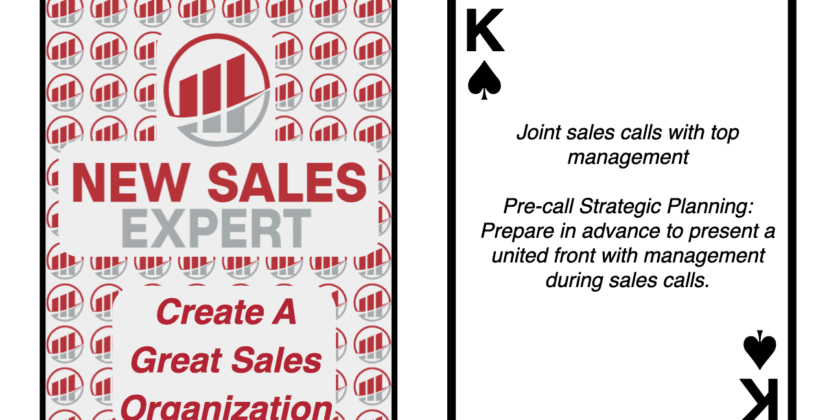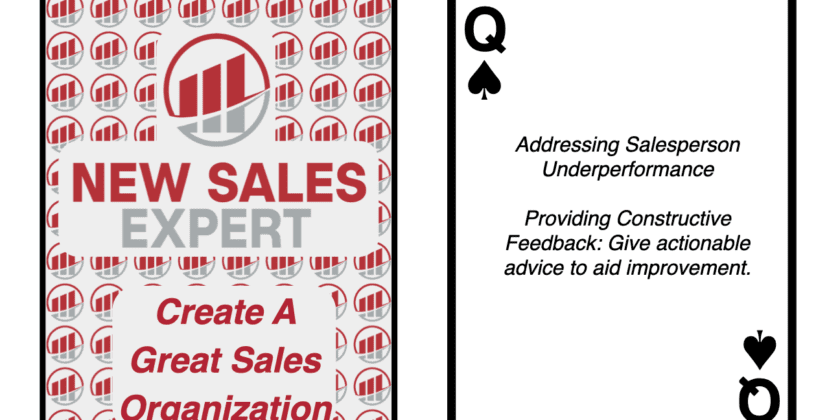Welcome to a pivotal episode of “Driving New Sales: Transforming Small Businesses into Sales Powerhouses.” This episode, perfect for CEOs, sales managers, and sales teams, delves into defining clear sales objectives and goals. Our expert Sean O’Shaughnessey, backed by decades of sales consultancy experience, unravels the secrets to crafting impactful sales strategies.
We’re also excited to have Jeff Clair of ClairVoyant Consulting as our sponsor, offering expert sales consulting for business growth.
Key Topics Discussed
- The Importance of SMART Goals: Sean highlights how SMART goals — Specific, Measurable, Achievable, Relevant, and Time-bound — are fundamental in creating objectives that are both ambitious and realistic.
- Balancing Short-Term and Long-Term Objectives: Discover the art of aligning immediate targets with overarching strategic ambitions, ensuring a cohesive sales approach.
- Linking Team Goals to Individual KPIs: Understand the necessity of breaking down collective objectives into individual targets, fostering clarity and accountability within the sales team.
- Quantitative Goals vs. Qualitative Milestones: Sean emphasizes that success isn’t solely measured in numbers. Metrics like customer satisfaction and brand reputation are pivotal predictors of future growth.
- Aligning Sales Goals with Business Strategy: Learn how to ensure your sales activities support and enhance your broader business goals, contributing to long-term sustainability and growth.
- Regular Monitoring and Tracking: Tools like CRM systems and routine check-ins are critical in assessing progress and realigning strategies.
Key Quotes
- “Setting clear sales objectives and goals is the North Star guiding your team through the corporate sales world.”
- “Balancing short-term and long-term objectives is vital to maintaining a steady pace towards your ultimate goals.”
- “High customer satisfaction today can lead to more referrals tomorrow.”
Our sponsor:
- Jeff Clair of ClairVoyant Consulting LLC can be reached at jclair@salesxceleration.com and https://www.linkedin.com/in/jeffclair/
Action Items You Can Do Today
- Monthly Performance Review: Regularly analyze each goal, utilizing the SMART framework for continuous improvement.
- Align Individual KPIs with Team Objectives: Ensure each team member knows their targets and role in achieving the collective goal.
- Balance Short-term and Long-term Goals: Strategically use short-term objectives as stepping stones for long-term achievements.
- Incorporate Qualitative Milestones: Pay equal attention to metrics like customer satisfaction alongside traditional revenue goals.
- Ensure Sales Goals Reflect Business Strategy: Continually review and align your sales objectives with the broader aims of your business.
Today’s episode with Sean O’Shaughnessey has been a deep dive into setting clear objectives and goals, a compass guiding sales teams to remarkable success. As Sean pointed out, crafting a well-orchestrated sales strategy where every element harmoniously contributes to your business’s success is essential.
Contact Information
- Sean O’Shaughnessey: Sean@NewSales.Expert
- www.NewSales.Expert





